What Components Comprise a Wind Power System?
A wind energy conversion system has a relatively simple construction that can be operated and maintained by the local population. The basic components are as follows.
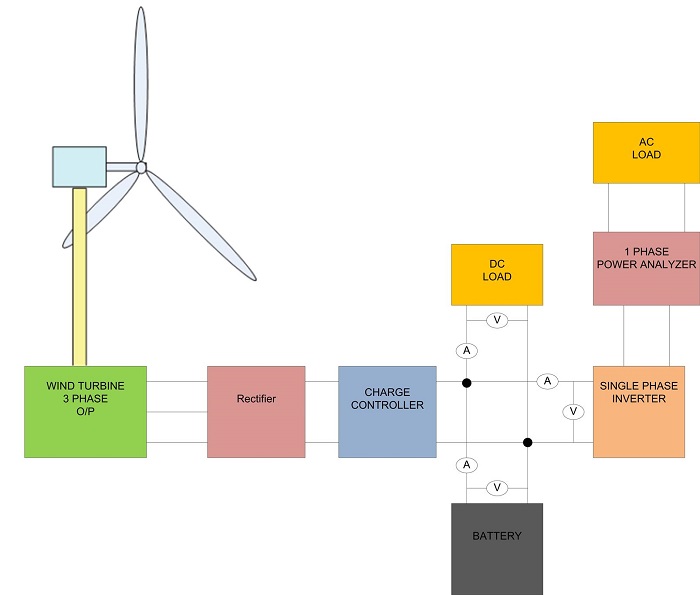 Windmill
Windmill
The main component of a wind power conversion system is the windmill itself. A system of blades mounted on a tower is turned by the wind to either produce mechanical work directly, usually in the form of a water pump, or to use a generator to transform that mechanical work into electrical energy (wind turbine).
Windmills and wind turbines vary in size and the corresponding amount of output they are capable of producing. The output depends mainly on the size of the blades and the wind's speed through the rotor. For example, a 10 kilowatt (kW) turbine typically has a 7-meter rotor diameter; a utility-scale turbine with a 750-kW generating capacity operates with a rotor diameter of 44 meters and a 1.5-MW turbine operates with a 70-meter rotor diameter.
Wind turbines are typically listed by size according to the potential to generate electricity in ideal wind conditions. This is known as the “rated capacity.” The ability to generate electricity is measured in watts. Watts are very small units, so the terms kilowatt (kW, 1,000 watts) and megawatt (MW, 1 million watts) are most commonly used to describe the capacity of wind turbines or other power plants. Wind turbines being manufactured now have capacity ratings ranging from 250 watts to 1.65 MW.
Electricity production and consumption are most commonly measured in kilowatt-hours (kWh). A kilowatt-hour means 1,000 watts of electricity produced or consumed for one hour. One 50-watt light bulb left on for 20 hours consumes one kilowatt-hour of electricity (50 watts x 20 hours = 1,000 watt-hours = 1 kilowatt-hour).
Example: A 10-kW wind turbine can generate about 16,000 kWh annually, more than enough to power a typical household. A 1.65-MW turbine can produce more than 4.7 million kWh in a year--enough to power more than 470 average households in the U.S.
Towers
To access the best wind resource, windmills and wind turbines are usually placed on high towers. Because of their lighter weight, wind turbines can use lighter-weight towers than can conventional mechanical windmills. Towers come in two main types: guyed (lattice or pole) towers and free-standing self-supporting towers. If the topography of the site will allow the space for a guyed tower, this will be the lower-cost approach.
Towers range from 12-37 meters for small wind applications and 30-75 meters or higher for utility-scale turbines. In general, the height of the tower should be 10 meters above any obstacles within 100 meters.
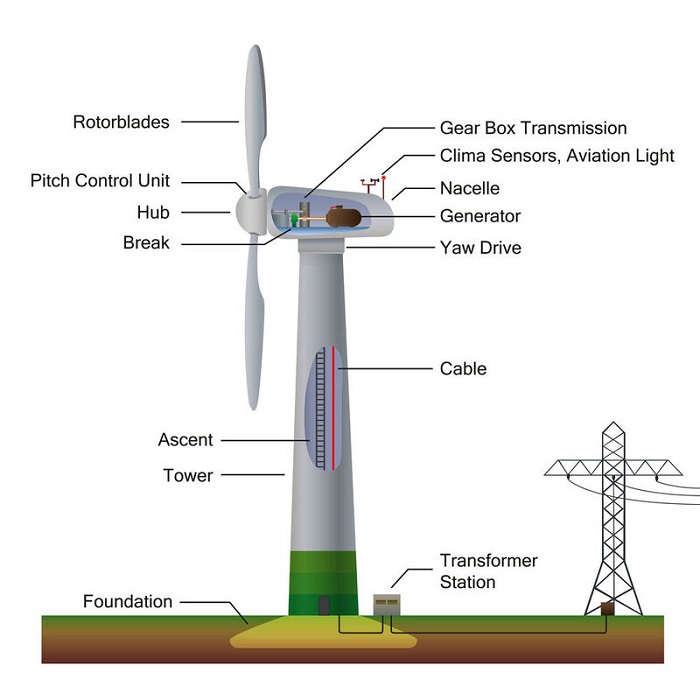
Hybrid System Combinations
Many electricity generation systems use more than one kind of generator, to provide a smoother supply of power. Many systems pair one or more wind turbines with a photovoltaic (solar) array, elements of passive solar heating &/or lighting, and a back-up diesel generator. Depending on the local resources, a power system can include biomass, hydro, or other generating sources in the hybrid system.
Pump/Motor
If the wind power is to be used for pumping water, the system designer must select the pump based on the pumping head and flow requirement, wind turbine electrical output, and site conditions. Submersible pumps are most commonly used for drilled wells. At low heads and for surface water sources, horizontal-axis centrifugal pumps can be used with good results.
One of the appealing factors of wind electric water pumping is that offthe-shelf submersible pumps can be used. While these units are designed to run at the normal electrical line frequency of 50 or 60 Hz, if certain precautions are taken they can be run efficiently at a broad range of frequencies.
Storage
In addition to the electricity generators most hybrid systems have components for storing power so that usage need not be determined by the time of electricity production. The most common storage device is the lead-acid battery.
If the wind energy conversion system is to pump water, the designer will need to arrange for storage of the pumped water.
Energy Converters
An electronic component to convert direct current (DC) electricity to alternating current (AC) and vice versa is necessary to shape the power from the turbine into energy that is useful for industrial &/or household appliances.
Balance of System
The rest of the system components include monitoring equipment, a device to shed excess energy produced by the system, and the wiring and the hardware needed to complete the system.

The main component of a wind power conversion system is the windmill itself. A system of blades mounted on a tower is turned by the wind to either produce mechanical work directly, usually in the form of a water pump, or to use a generator to transform that mechanical work into electrical energy (wind turbine).
Windmills and wind turbines vary in size and the corresponding amount of output they are capable of producing. The output depends mainly on the size of the blades and the wind's speed through the rotor. For example, a 10 kilowatt (kW) turbine typically has a 7-meter rotor diameter; a utility-scale turbine with a 750-kW generating capacity operates with a rotor diameter of 44 meters and a 1.5-MW turbine operates with a 70-meter rotor diameter.
Wind turbines are typically listed by size according to the potential to generate electricity in ideal wind conditions. This is known as the “rated capacity.” The ability to generate electricity is measured in watts. Watts are very small units, so the terms kilowatt (kW, 1,000 watts) and megawatt (MW, 1 million watts) are most commonly used to describe the capacity of wind turbines or other power plants. Wind turbines being manufactured now have capacity ratings ranging from 250 watts to 1.65 MW.
Electricity production and consumption are most commonly measured in kilowatt-hours (kWh). A kilowatt-hour means 1,000 watts of electricity produced or consumed for one hour. One 50-watt light bulb left on for 20 hours consumes one kilowatt-hour of electricity (50 watts x 20 hours = 1,000 watt-hours = 1 kilowatt-hour).
Example: A 10-kW wind turbine can generate about 16,000 kWh annually, more than enough to power a typical household. A 1.65-MW turbine can produce more than 4.7 million kWh in a year--enough to power more than 470 average households in the U.S.
Towers
To access the best wind resource, windmills and wind turbines are usually placed on high towers. Because of their lighter weight, wind turbines can use lighter-weight towers than can conventional mechanical windmills. Towers come in two main types: guyed (lattice or pole) towers and free-standing self-supporting towers. If the topography of the site will allow the space for a guyed tower, this will be the lower-cost approach.
Towers range from 12-37 meters for small wind applications and 30-75 meters or higher for utility-scale turbines. In general, the height of the tower should be 10 meters above any obstacles within 100 meters.

Hybrid System Combinations
Many electricity generation systems use more than one kind of generator, to provide a smoother supply of power. Many systems pair one or more wind turbines with a photovoltaic (solar) array, elements of passive solar heating &/or lighting, and a back-up diesel generator. Depending on the local resources, a power system can include biomass, hydro, or other generating sources in the hybrid system.
Pump/Motor
If the wind power is to be used for pumping water, the system designer must select the pump based on the pumping head and flow requirement, wind turbine electrical output, and site conditions. Submersible pumps are most commonly used for drilled wells. At low heads and for surface water sources, horizontal-axis centrifugal pumps can be used with good results.
One of the appealing factors of wind electric water pumping is that offthe-shelf submersible pumps can be used. While these units are designed to run at the normal electrical line frequency of 50 or 60 Hz, if certain precautions are taken they can be run efficiently at a broad range of frequencies.
Storage
In addition to the electricity generators most hybrid systems have components for storing power so that usage need not be determined by the time of electricity production. The most common storage device is the lead-acid battery.
If the wind energy conversion system is to pump water, the designer will need to arrange for storage of the pumped water.
Energy Converters
An electronic component to convert direct current (DC) electricity to alternating current (AC) and vice versa is necessary to shape the power from the turbine into energy that is useful for industrial &/or household appliances.
Balance of System
The rest of the system components include monitoring equipment, a device to shed excess energy produced by the system, and the wiring and the hardware needed to complete the system.
Post a Comment:
You may also like:

Featured Articles
What is a Capacity Factor?
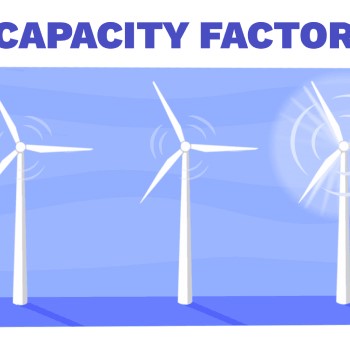 Wind turbines convert the kinetic energy in moving air into rotational energy, which in turn is converted to ...
Wind turbines convert the kinetic energy in moving air into rotational energy, which in turn is converted to ...
 Wind turbines convert the kinetic energy in moving air into rotational energy, which in turn is converted to ...
Wind turbines convert the kinetic energy in moving air into rotational energy, which in turn is converted to ...What is Wind Energy?
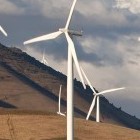 Wind is moving air. We can use the energy in wind to do work. Early Egyptians used the wind to sail ships on the Nile River. ...
Wind is moving air. We can use the energy in wind to do work. Early Egyptians used the wind to sail ships on the Nile River. ...
 Wind is moving air. We can use the energy in wind to do work. Early Egyptians used the wind to sail ships on the Nile River. ...
Wind is moving air. We can use the energy in wind to do work. Early Egyptians used the wind to sail ships on the Nile River. ...Wind Farm Siting, Installation and ...
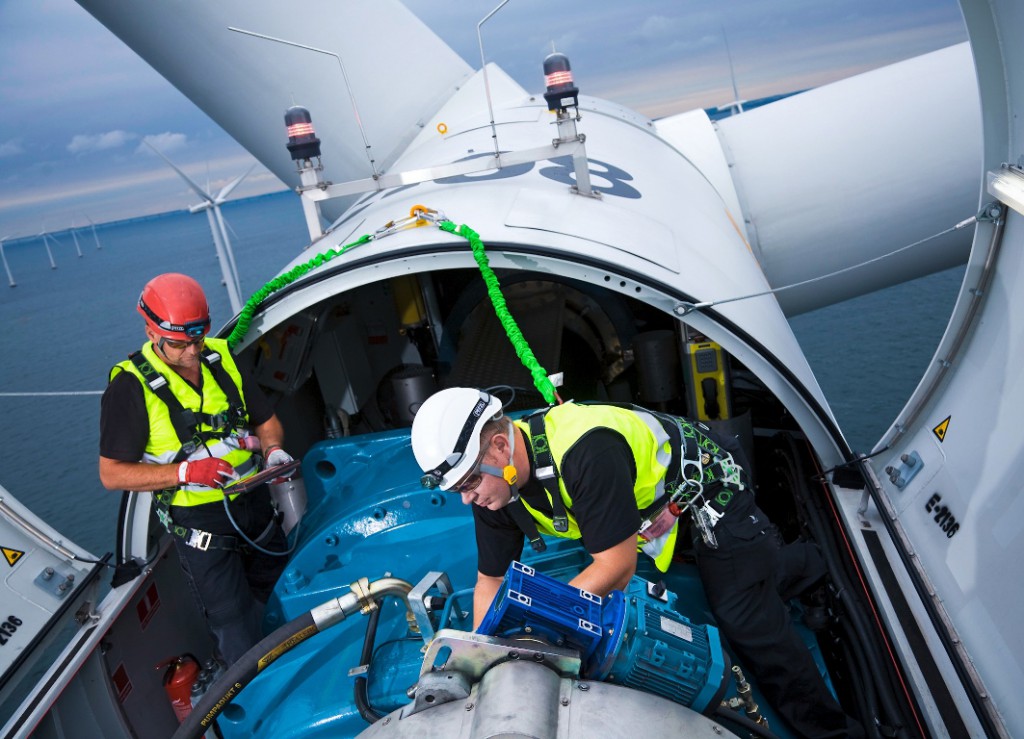 Before wind turbines can be installed, the most appropriate location or locations for them needs to be determined. The ...
Before wind turbines can be installed, the most appropriate location or locations for them needs to be determined. The ...
 Before wind turbines can be installed, the most appropriate location or locations for them needs to be determined. The ...
Before wind turbines can be installed, the most appropriate location or locations for them needs to be determined. The ...Basics of Wind Energy Production
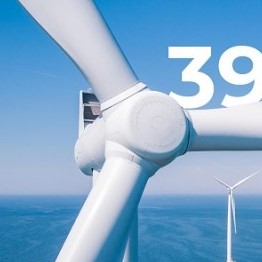 In the United States, most wind energy is commercially generated for delivery and sale on the grid. Wind projects vary in ...
In the United States, most wind energy is commercially generated for delivery and sale on the grid. Wind projects vary in ...
 In the United States, most wind energy is commercially generated for delivery and sale on the grid. Wind projects vary in ...
In the United States, most wind energy is commercially generated for delivery and sale on the grid. Wind projects vary in ...Basics of Wind Farms
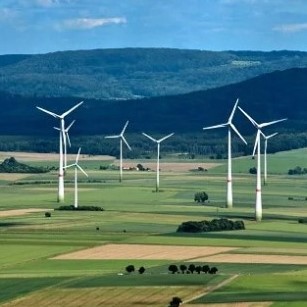 Throughout history, wind has been used to move grain mills or push the vessels that sailed the seas. However, it was not ...
Throughout history, wind has been used to move grain mills or push the vessels that sailed the seas. However, it was not ...
 Throughout history, wind has been used to move grain mills or push the vessels that sailed the seas. However, it was not ...
Throughout history, wind has been used to move grain mills or push the vessels that sailed the seas. However, it was not ...